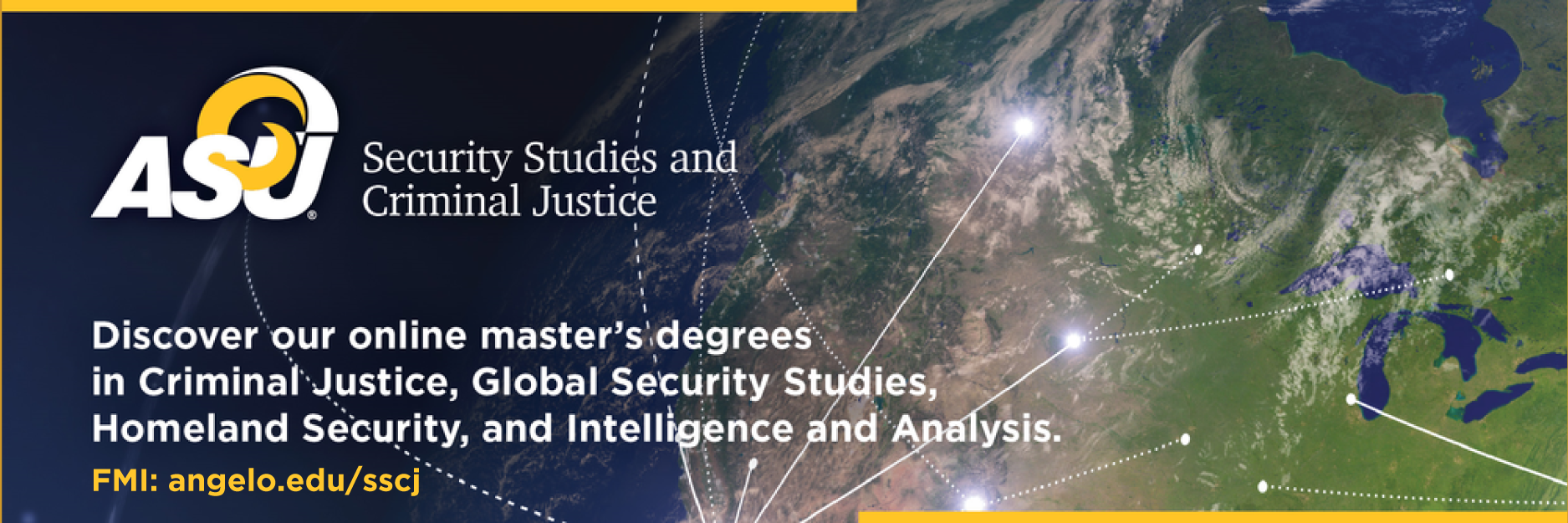A simulator-based nuclear reactor emergency response training exercise
DOI:
https://doi.org/10.5055/jem.2017.0345Keywords:
emergency preparedness, response, accident, nuclear power plant, training, simulation, virtual, full-scope, onsite, offsiteAbstract
Training offsite emergency response personnel basic awareness of onsite control room operations during nuclear power plant emergency conditions was the primary objective of a week-long workshop conducted on a CANDU® virtual nuclear reactor simulator available at the University of Ontario Institute of Technology, Oshawa, Canada. The workshop was designed to examine both normal and abnormal reactor operating conditions, and to observe the conditions in the control room that may have impact on the subsequent offsite emergency response. The workshop was attended by participants from a number of countries encompassing diverse job functions related to nuclear emergency response. Objectives of the workshop were to provide opportunities for participants to act in the roles of control room personnel under different reactor operating scenarios, providing a unique experience for participants to interact with the simulator in realtime, and providing increased awareness of control room operations during accident conditions. The ability to “pause” the simulator during exercises allowed the instructors to evaluate and critique the performance of participants, and to provide context with respect to potential offsite emergency actions. Feedback from the participants highlighted (i) advantages of observing and participating “hands-on” with operational exercises, (ii) their general unfamiliarity with control room operational procedures and arrangements prior to the workshop, (iii) awareness of the vast quantity of detailed control room procedures for both normal and transient conditions, and (iv) appreciation of the increased workload for the operators in the control room during a transient from normal operations. Based upon participant feedback, it was determined that the objectives of the training had been met, and that future workshops should be conducted.
References
Preparedness and Response for a Nuclear or Radiological Emergency, IAEA Safety Standards Series No. GSR Part 7, International Atomic Energy Agency, Vienna, Austria, 2015.
Arrangements for Preparedness for a Nuclear or Radiological Emergency, IAEA Safety Standards Series No. GS-G-2.1, International Atomic Energy Agency, Vienna, Austria, 2007.
Preparation, Conduct and Evaluation of Exercises to Test Preparedness for a Nuclear or Radiological Emergency (EPRExercise 2006), IAEA, Vienna, Austria, 2006.
Nuclear Emergency Preparedness and Response. CNSC REGDOC-2.10.1, Version 2. Canadian Nuclear Safety Commission. Ottawa, ON, 2016.
3M Dispersive Signal Touch Technology Profile. Available at http://multimedia.3m.com/mws/media/443866O/3mtm-microtouch-system-sct2270dx-technology-profile.pdf. Accessed April 8, 2016.
Experience in the use of the systematic approach to training (SAT) for nuclear power plant personnel. IAEA-TECDOC-1057. International Atomic Energy Agency. Vienna, Austria, 1998.
Certification of Persons Working at Nuclear Power Plants. CNSC RD-204. Canadian Nuclear Safety Commission. Ottawa, ON, 2008.
Committee on Lessons Learned from the Fukushima Nuclear Accident for Improving Safety and Security of U.S. Nuclear Plants; Nuclear and Radiation Studies Board; Division on Earth and Life Studies; National Research Council. Washington (DC): National Academies Press (US), 2014.
Published
How to Cite
Issue
Section
License
Copyright 2007-2023, Weston Medical Publishing, LLC and Journal of Emergency Management. All Rights Reserved






